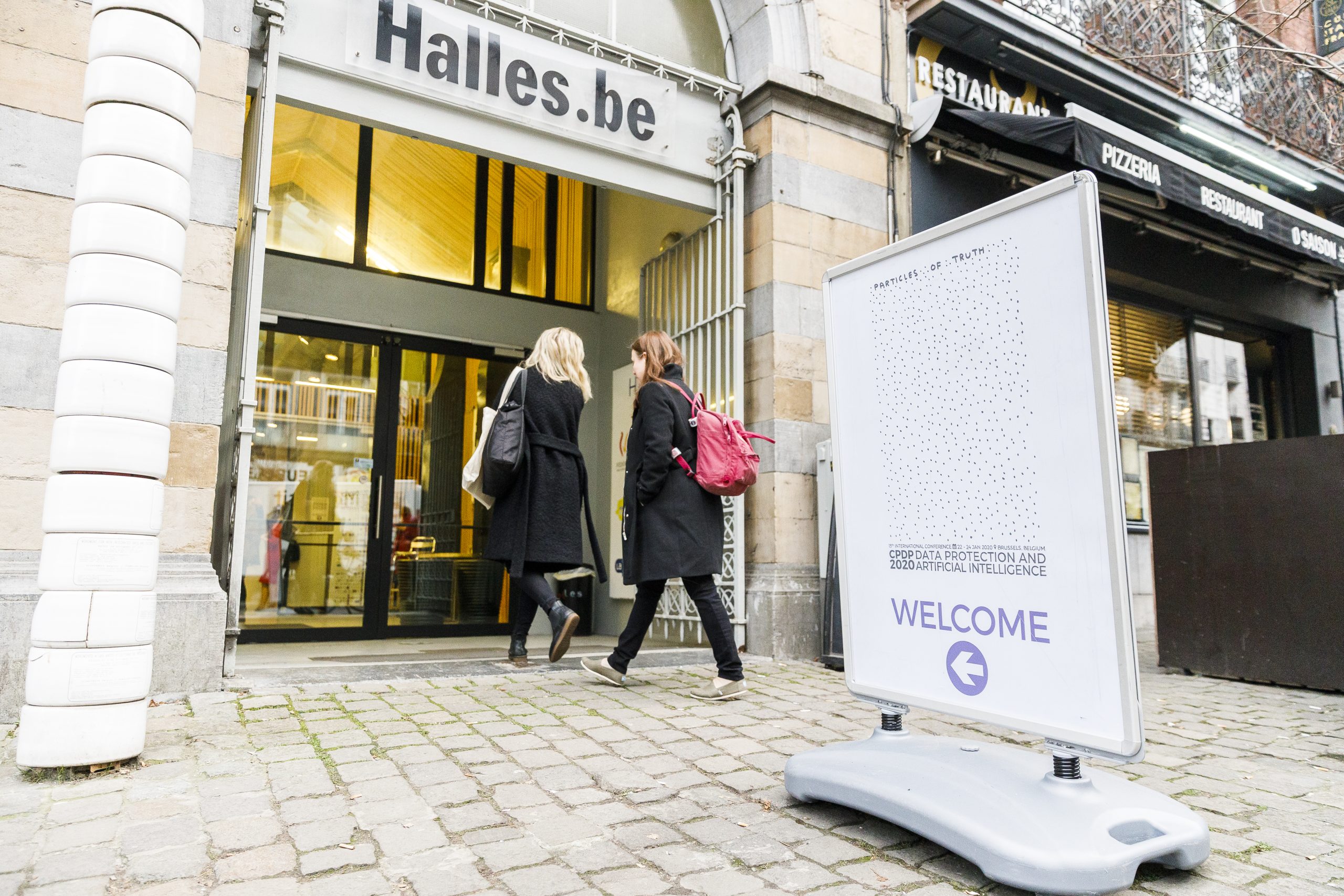
C4DT and the UC Berkeley Center for Long-Term Cybersecurity jointly host a panel at this year’s CPDP conference in Brussels on “How to make privacy more user-friendly for the long-term?” (24 May, 11h45).
Already today privacy, data security and transparency are at peril. Now, imagine these challenges on steroids by 2030 as AI evolves, new technologies and actors emerge. This discussion at the intersection of people, policy and technology will engage participants in long-term thinking to help make privacy lastingly more user-friendly, and explore how latest technology progress and new governance models can help to achieve this goal.
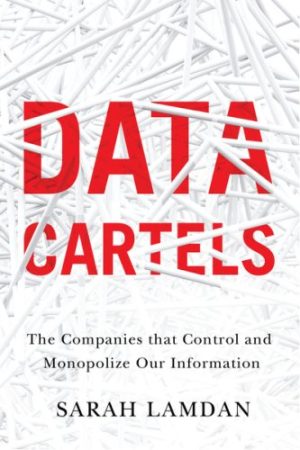
Lamdan, Sarah (2023). Data Cartels. The Companies That Control and Monopolize our Information. Stanford: Stanford University Press, 203 pages. By Matthias Finger This extremely well documented and researched book introduces the reader to some novel areas of platformization, namely the platformization of actors that manage information, knowledge and intelligence. The author, a law professor, shares her unique (…)

On Tuesday, 14 March 2023, a documentary by Dorothé Dörholt, entitled “Algorithmes – vers un monde manipulé” (sub-titles in English), will be shown at the EPFL in conference room SV 1717. Its projection is part of the 21st International Film Festival and Forum on Human Rights (FIFDH), held from 10-19 March 2023. C4DT’s Executive Director, Dr. Olivier Crochat, will participate in the post-projection panel discussion.
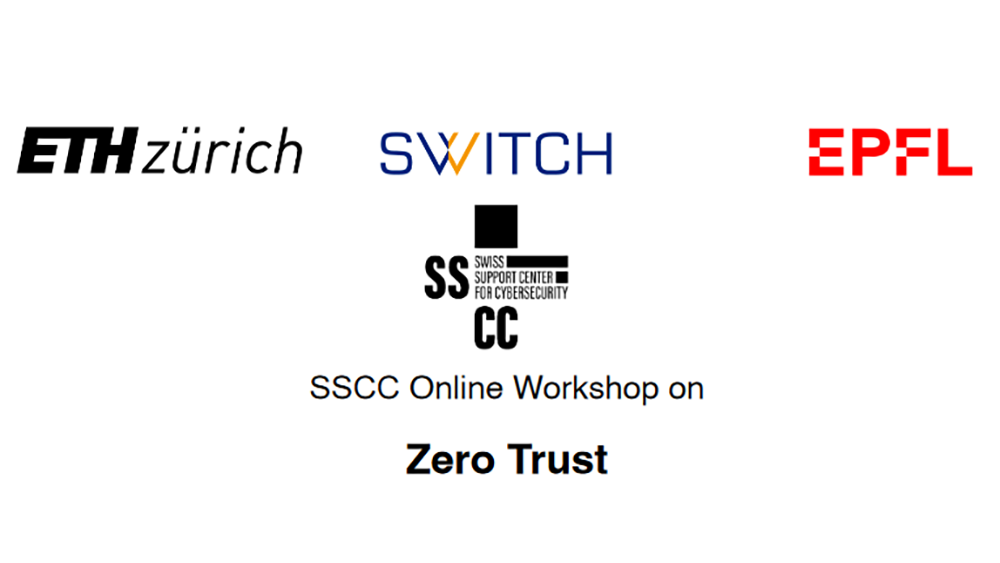
This online workshop is co-organized by the Swiss Support Center for Cybersecurity (SSCC) and the SWITCH Foundation (SWITCH), in collaboration with the Center for Digital Trust (C4DT) at EPFL and the Zurich Information Security Center (ZISC) at ETHZ.
Its goal is to shed light on different aspects of “Zero Trust”. Our speakers cover a wide range of expertise and present their views on and experience with “Zero Trust”. As it has been the case in previous workshops, we hope that the format allows for interesting interactions with the audience.
FPGAs are essential components in many computing systems. With conventional CPUs, FPGAs are deployed in various critical systems, such as wireless base stations, satellites, radars, electronic warfare platforms, and data centers. Both FPGAs and CPUs have security vulnerabilities; integrating them together presents new attack opportunities on both sides. In this project, we investigate the attacks made possible by closely integrating FPGAs with CPUs in heterogeneous computing platforms.
March 30th, 2023, Swiss Tech Convention Center, EPFL The past two years saw a new vulnerability make headlines: software supply chains. Events such as the SolarWinds and Kaseya cyberattacks or the discovery of the Log4j vulnerability forced organizations to reevaluate their cyber risk exposure. This one-day conference provides a platform for academia, government, business, NGOs (…)
April 26th, 2023, Starling Hotel, EPFL Decentralized Finance (DeFi) started out with the promise to disrupt the financial industry by removing third parties and centralized institutions from financial transactions and hence allowing consumers direct access to capital and financial services. Until now, however, DeFi’s disruptive forces have not manifested themselves purely favorably. In 2022 crypto (…)
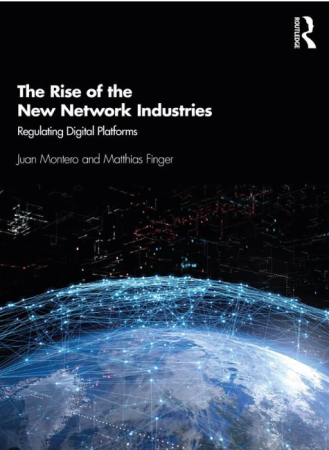
Montero, Juan and Matthias Finger (2021). The Rise of the New Network Industries: Regulating Digital Platforms. New York & London: Routledge, 292 pages. By Melanie Kolbe-Guyot “The Rise of the New Network Industries – Regulating Digital Platforms” (2021), by Juan Montero and Matthias Finger, is an excellent resource on the rise and inner workings of digital platforms (…)
![[FR] Intelligence artificielle : le grand remplacement ?](https://c4dt.epfl.ch/wp-content/uploads/2023/02/jaggi.png)
Le service d’intelligence artificielle ChatGPT fascine la planète. Et pour cause : posez-lui la question que vous voulez et la machine vous répondra suffisamment bien pour passer un examen universitaire à votre place, rédiger vos mails ou même, c’est pour bientôt, assurer votre défense devant un tribunal. Quel bouleversement pour l’école et l’apprentissage ? L’intelligence artificielle peut-elle (…)

For this year’s edition of the Finance & Technology Conference the Swiss Finance Institute (sfi) and the Center for Digital Trust (C4DT), EPFL are teaming up again to focus on Decentralized Finance (DeFi). The conference will be held on Thursday 26th of April at the Starling Hotel @ EPFL, Switzerland.
For more information and the agenda please click here.

Gain in-depth understanding of the digital ecosystem, cybersecurity and digital trust, and interface with internal and external ICT stakeholders.
During the month of December, Advent of Code passes out a new puzzle every day. The daily challenges are a fun way to learn new algorithms and getting to know new ways of programming. In our software engineering team we followed along at least the first half of the programming challenges and enjoyed discussing the solutions (…)

The past two years saw a new vulnerability make headlines: software supply chains. Events such as the SolarWinds and Kaseya cyberattacks or the discovery of the Log4j vulnerability forced organizations to reevaluate their cyber risk exposure.
This one-day conference provides a platform for academia, government, business, NGOs and standard-setting bodies to shed light on software supply chain risks, outline persisting challenges, and discuss mitigation tactics, solutions, and best practices as well as emerging frameworks and standardization initiatives.
For more information click here.
November 5th, 2021, Swiss Tech Convention Center, EPFL Distributed Ledger Technology has the potential to reshape the traditional financial system. An example is decentralized finance, which allows people to combine open-source building blocks into sophisticated financial products utilizing DLT. Central banks, as another example, face growing competition from private actors offering their own digital alternative (…)
February 7-11th, 2022, online Artificial Intelligence holds great promise for the economy and society. It has also led to the explosion of new ethical challenges, such as biased decision making, filter bubbles, data protection, face recognition, deep fakes and cyber security. During this week we aim to create awareness of the ethical and privacy dilemmas (…)
September 23rd, 2022, Starling Hotel, EPFL The Federal Council described cyberattacks as “a serious threat for Switzerland’s security and economy” and proposed a law for a reporting obligation for cyberattacks on critical infrastructures in its press release of January 12th 2022. These reports should allow the National Cybersecurity Centre (NCSC) to assess the threat situation (…)
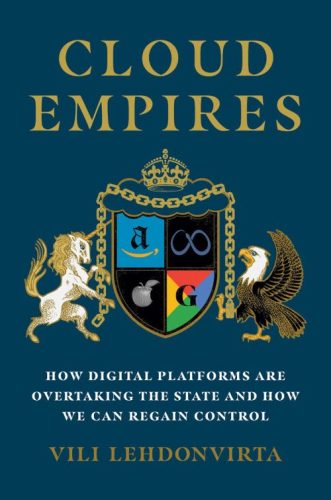
This installment of C4DT’s Digital Governance Book Review focuses on Vili Lehdonvirta’s 2022 book Cloud Empires. How Digital Platforms are Overtaking the State and how we can Regain Control Cambridge, Massachusetts: The MIT Press, 283 pages.
An acutely current and fascinating analysis of the adverse effects digital platforms have on our societies.

The revamped course “Foundations of ICT and Digital Trust for Decision Makers” becomes a catalyst for responsible digital transformation. The 7th edition of this course took place throughout the week of October 31, 2022, in collaboration with the Fondation Lombard Odier.
Some time ago I read the developer skill matrix and thought it was very interesting. I put it in the infamous “Read later” bookmark folder, and actually came back to it! So last Monday, during our regular group catchup time, I presented this page. In fact every week one of us three engineers presents something (…)

This installment of C4DT’s Digital Governance Book Review focuses on Bruce Schneier’s 2018 Click Here to Kill Everybody. Security and Survival in a Hyper-connected World New York; London: W.W. Norton & Company, 319 pages.
A must-read for anyone interested in the mounting cyber security challenges posed by the rapid growth of IoT-devices.
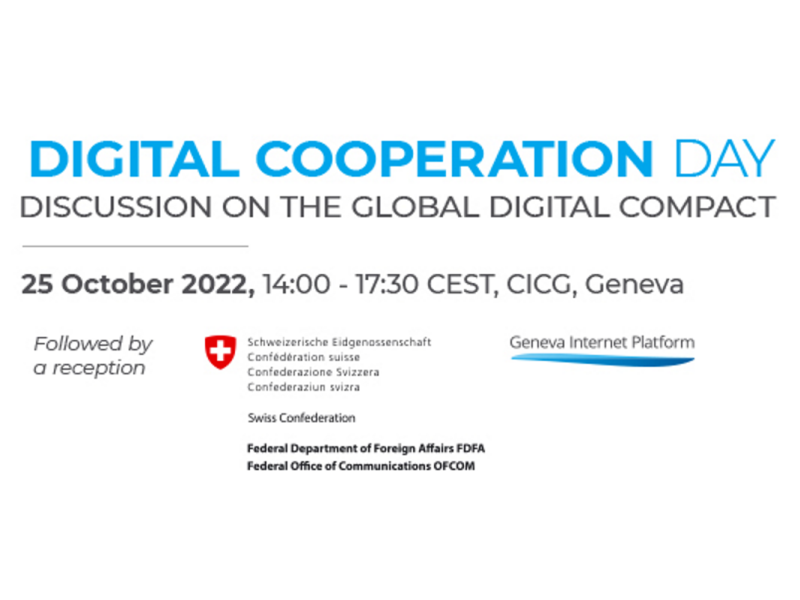
On the Digital Cooperation Day, the Geneva Internet Platform (GIP) will present the findings of the second edition of the Geneva Digital Atlas which maps overall digital developments in International Geneva. Based on this mapping, the discussion will be conducted with the UN Secretary-General’s envoy on technology (a key catalyst of the process towards the GDC) on priority policy questions for actors in Geneva. The discussion will include answers that the vibrant Geneva scene can provide to the global community.
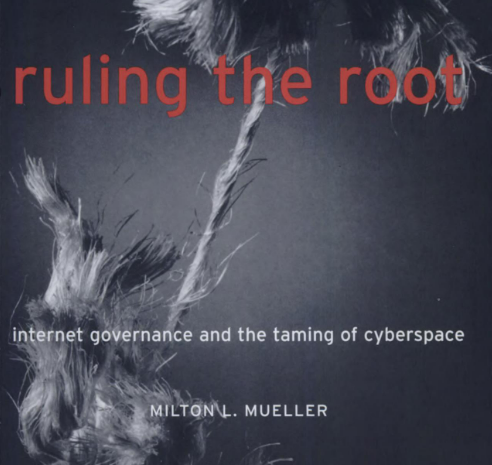
With the discussion of this book, the C4DT begins a new publication series, the Digital Governance Book Review: Hereafter, every month, we will summarize and contextualize a book we consider relevant. The book will be either a classic, whose lessons are worth recalling, or a new publication our readers should become aware of. Over the next two years, we plan to present approximately 25 books that we think will help our readers understand the essence of digitalization.
We begin the series with the now classic 2002 book by Milton Mueller Ruling the Root. Internet Governance and the Taming of Cyberspace. Cambridge, Mass.: MIT Press, 317 pages.
For our weekly meeting-presentation I took the stackoverflow-stats from 2022. Then with the team we went through it and discussed the different statistics. First I thought we’ll get bored quickly, but after 1h30 I had to push the meeting to other subjects. So here are some things we found: Developer Profile Learning how to code: (…)
Have you ever tried using ssh on a train? Or closed your laptop and found that all of your remote session are now frozen? Or using it via a crowded antenna tower? In all theses cases, ssh fails to work as expected. This is due to the fact that common ssh connections are transported via (…)





![[FR] Intelligence artificielle : le grand remplacement ?](https://c4dt.epfl.ch/wp-content/uploads/2023/02/jaggi.png)






